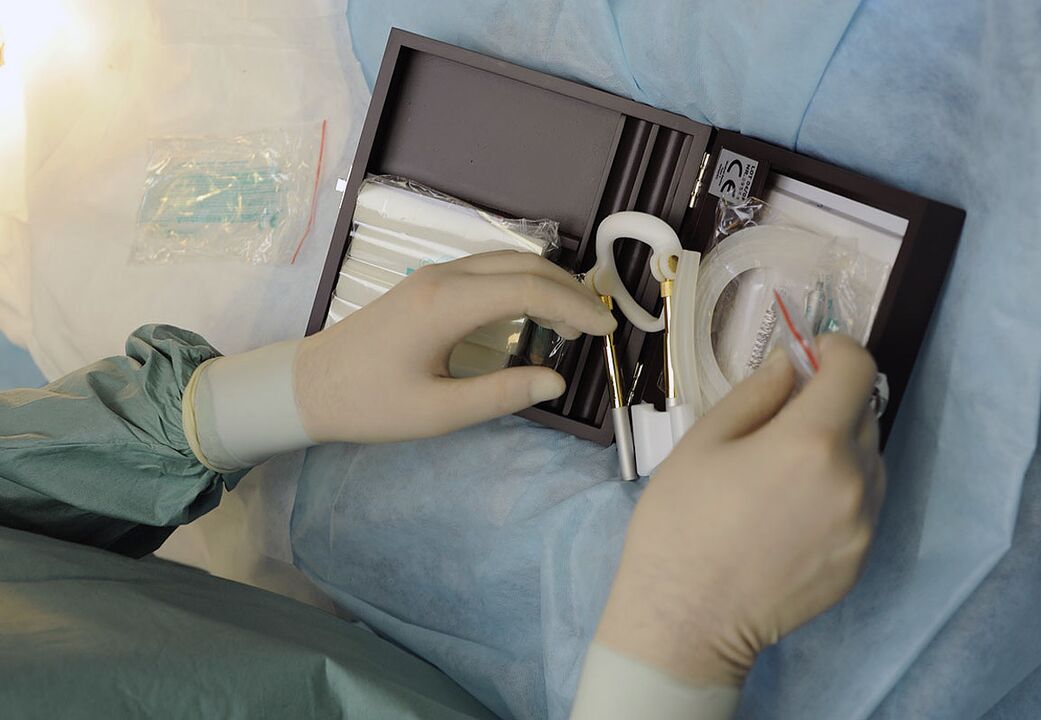
Dissatisfaction with genital size affects male sexuality and has negative psychological consequences.
The average size of male penis in our country is 13 cm (in erection state), which is normal. Despite the normal length of the penis, many men's idea of normal size is somewhat exaggerated, and this assumption has sparked interest in various interventions that claim to increase penis length or girth.
What are the methods of penis enlargement?
There are several options that claim to increase penis length/girth; some of them are described below:
non-surgical methods
- Tablets and lotions. Penis enlargement pills and lotions often contain herbs, hormones, and vitamins that marketers claim to increase penis size; however, these products may be sold directly to consumers without any research to support their effectiveness. According to some researchers, these products may contain trace amounts of lead, pesticides, and may be harmful.
- vacuum device. Some vacuum devices, such as vacuum cleaners, are also used to enlarge the penis. The vacuum pump technique involves placing a tube-like structure over the penis and then pulling air out to create a vacuum that draws blood into the penis and causes the penis to expand and appear larger. These pumps are used for short-term treatment of impotence; however, excessive consumption can damage penile tissue, resulting in weaker erections.
- expander. Penis extenders use traction to stretch the penis. Although this technique has achieved some positive results. Experts recommend doing it under the supervision of a doctor before using this procedure, as you may suffer traction injuries and increase your risk of "fractures" of the penis.
- Jay Qing. Jelqing is a stretching exercise designed to increase blood circulation in the tissues of the penis, ultimately making the penis larger; however, this method also lacks scientific evidence. This can also damage the corpus cavernosum over time.
Surgical methods
There are two main types of penis enlargement surgery: penis thickening and ligament release.
Penile thickening can be done in two ways - by transplanting fat cells from other parts of the body onto the penis (penis liposuction) or injecting fillers (hyaluronic acid and polylactic acid). Over time, the body can reabsorb the filler or fat, returning the penis to its original size.
In the ligamentotomy (suspensory release) technique, the ligaments that hold the penis in place in the pubic area are surgically removed. The procedure is designed to change the angle of the penis, thereby increasing its length. However, during an erection, the angle of the penis varies, which can interfere with intercourse.
Clinical trials of penis enlargement surgery
The study found that ligamentotomy and filler injections were the two most common forms of penis enlargement surgery.
The study analyzed 17 studies and found that while some men reported significant increases in body size, complications were rare.
penis enlargement surgery side effects
The safety and efficacy of surgery to increase penis length and girth have not been established. Penis enlargement surgery can lead to the following complications.
- Infect
- Poor wound healing. The wound is open.
- Distal flap loss
- pubic deformity or hidden penis
in conclusion
Penile dysmorphic disorder is a psychological condition in which a man has serious concerns about penis size despite having a physiologically normal penis. In this case, the patient may benefit from psychotherapy. Structured counseling should always be undertaken rather than risky procedures.
If you decide to try penis enlargement surgery, you should not trust anyone with your health, choose a specialist who performs this type of surgery and can discuss the possibilities, risks and outcomes in detail.

























